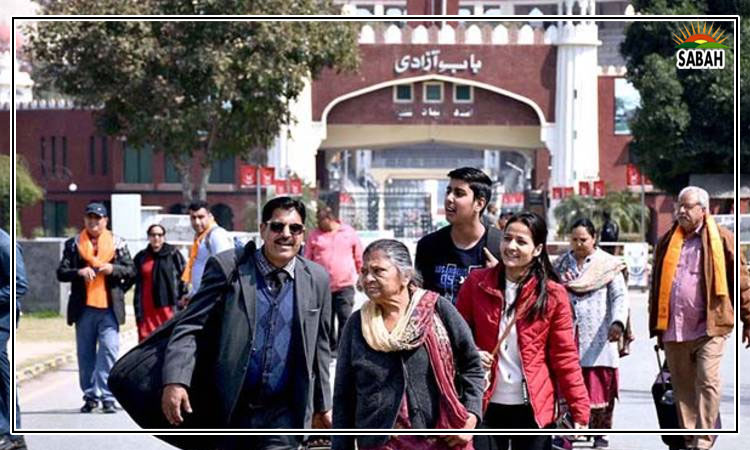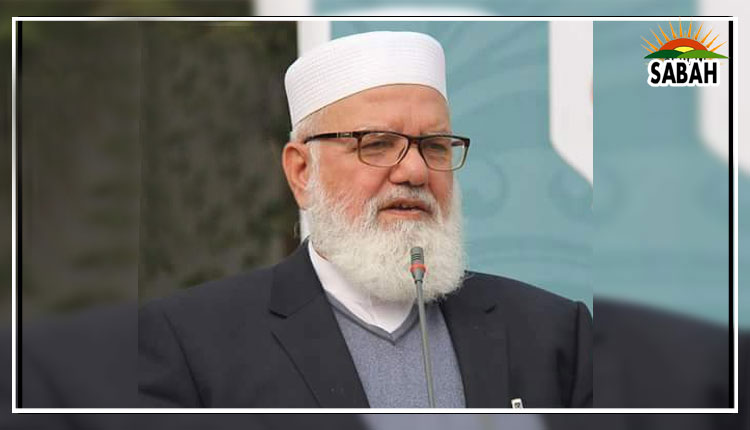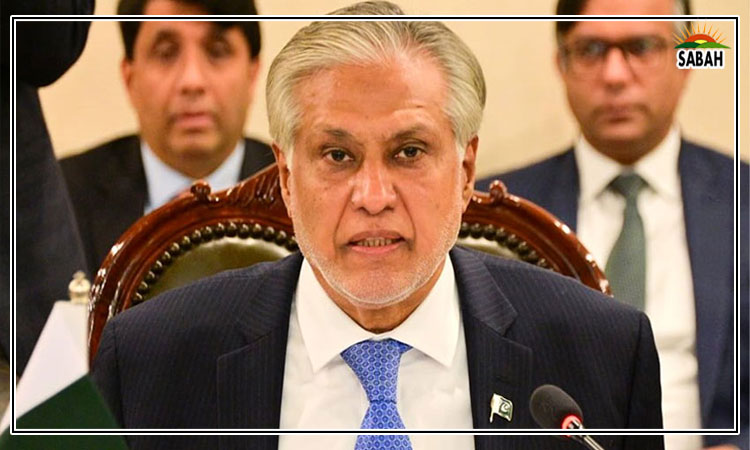Why are Pakistanis leaving? …..Dr Ayesha Razzaque
Emigration has occupied perhaps more than its usual share of space in the public discourse in the past year. Op-eds that popped up in the media have included pure opinions backed up by little more than feelings and anecdotes all the way to analysis of data from multiple sources. I put down some of my thoughts on the issue last year in an op-ed in these pages (‘Are Pakistanis really leaving?’, September 8, 2023).
The long and short of it was that, contrary to several alarmist pieces that had appeared in the media at the time, numbers published by the Bureau of Emigration and Overseas Employment (BEOE) for up to July when projected to the end of 2023 suggested that the number of emigrants captured in its data for 2023 would be roughly around the same as for 2022 (832,000). The final tally for 2023 is in and the number of emigrants recorded stands at 863,000, roughly in line with the earlier projection, almost the same as in 2016 (839,000) but still less than the 947,000 recorded in 2015 (not accounting for population growth).
If there are a dozen ways to skin a cat, there are at least a hundred ways to look at statistics by limiting context, being selective with datasets, discounting trends with unsubstantiated claims, or cherry-picking comparisons. I will say this though: If you look at datasets that go back far enough in time (like the BEOE data), one thing becomes rather clear – a steadily rising number of emigrants and overseas workers is a secular trend at least since the late ‘90s.
Except for travel restrictions during the Covid-19 pandemic, ascribing causes to fluctuations from one year to the next is as scientific as palm reading. I suspect that time-series of indicators (passport applications, comprehensive counts of work and student visas, etc) over the same period will exhibit similar trends. Today, I am more interested in the reasons that compel people to decide to leave.
The Pakistan Institute of Legislative Development and Transparency (PILDAT) regularly conducts polls on various issues. In results published in September/October 2022, it polled participants in a youth survey on what they thought was “the most compelling reason behind Pakistani students aiming to pursue higher education abroad”. Some 52.4 per cent responded, “Pakistan is under a tough economic situation and has limited prospects for building academic & professional future for students’’ and another 20.5 per cent responded, “to settle abroad for a better economic lifestyle”, which both hint at the same underlying reason: a lack of opportunities in the broadest sense – opportunities to earn, to advance, to build, to create, and to grow professionally.
Put together, that makes for 72.9 per cent of respondents, a vast majority. I doubt this comes as a surprise to anyone. With the state of inflation and the cost of living for (even small) families being what it is, emigration or employment abroad is a rational choice.
Enrollments in universities nationwide have gone from 276,000 students in 2001-02 to 2,246,000 in 2020-21 – an increase by a factor of eight over the last two decades. With many more graduates of all calibers coming out of universities, is it any wonder then that the number of degree-holding emigrants from Pakistan should also see a rise? Of course not!
This is borne out by the BEOE’s figures of “highly qualified” emigrants, which went from 3,155 in 2001 to 17,976 in 2022 – growth by a factor of 5.7. Despite the tough economic conditions, a greater proportion of highly qualified Pakistanis are staying home, and, with a reported graduate unemployment rate of 31 per cent, the domestic economy is unlikely to run out of graduates anytime soon.
A 2022 report by the Pakistan Institute for Development Economics puts the proportion of Pakistanis who wish to leave the country at 37.1 per cent. Regional differences are small with Punjab (35.8 per cent) and Islamabad (36.5 per cent) at the low-end, AJK (43.6 per cent) and Balochistan (42.0 per cent) at the top-end of the scale, and all other regions somewhere in between.
Where things begin to diverge more significantly are the reported reasons for wanting to leave. A higher proportion of respondents from Sindh (55.9 per cent) and Balochistan (51.9 per cent) identified wanting to be more respected as their reason for wanting to leave, markedly higher than the national average of 43.6 per cent.
For those born to privileged backgrounds, respect might not immediately figure as a compelling enough reason to leave the country. In this context, respect is often secured by gaining some level of power, authority, and influence in politics or government, or cultivating relationships with people in such offices. The need for power and the lack of respect without it is felt more acutely in societies with weak rule of law where protection, like all other necessities of life, must be secured by each person for themself, reminiscent of a jail, jungle, or post-apocalyptic world.
And that gets me to the third reason for emigrating: Freedom. Freedom from oppressive cultural norms, from victimization by the powerful, from the Licence Raj, from political persecution, to mind one’s own business, far from the reach of a state that increasingly treats its citizens as guilty until proven innocent. This might explain why the desire to escape is greater in the peripheries of the country. The sit-ins we see in Islamabad every few months by Baloch people demanding the return of their disappeared family members, from Khyber Pakhtunkhwa’s Newly Merged Districts demanding rule of law and an end to assassinations at the hands of extremists, are symptoms of this problem.
There is another factor that I would like to include – one often scoffed at, but that should concern us, of all people, most: climate change. Climate change may not (yet) prominently push people’s decision to emigrate. However, anecdotally I have come across some people for whom climate change has been a factor in determining where to emigrate to once the decision to leave has been made. In his book ‘The Uninhabitable Earth – A Story of the Future’, David Wallace-Wells projects that by 2050, 140 million people from South Asia, sub-Saharan Africa, and Latin America will be climate refugees. Inside Pakistan, another two million are expected to be internally displaced climate migrants.
Even if the ruling elite, elected and otherwise, suddenly gets its act together and the economy takes off like a rocket-ship, we magically transform into a law-abiding country where citizens feel they have agency and a voice in its running, climate change will not take a pause, and neither will the stream of climate migrants.
According to the UN’s International Organization for Migration’s World Migration Report 2022 in 1990, 2.8 per cent of the global population comprised migrants – people living in countries other than the country of their birth. By 2020, this percentage had risen to 3.6 per cent. There will always be some global hotspots that will be greater sources of migrants and others that are more sought-after destinations. Air travel, even to once hard-to-reach places, has become easier, safer, and cheaper and the internet has made it easier than ever to find work opportunities across the world.
Together, the effect this has had is to make migration (motivated by whatever reasons) easier and has made it into the secular global trend. The solution does not lie in the national knee-jerk reaction of first resort, a ban, an idea some people have been carelessly tossing around in public, but in putting our own house in order. This means more economic opportunities, ensuring rule-of-law, and individual freedoms. It also means developing many more of our citizenry to be just as productive and qualified as the one whose decision to migrate so many are publicly lamenting.
The writer (she/her) has a PhD in Education.
Courtesy The News











